commentary Commentary
Commentary: What we gain and lose in moving away from streaming
Streaming may be phased out but moving towards a different form of sorting in the education system has trade-offs, says NIE’s Jason Tan.

File photo of secondary school students. (Photo: TODAY)
SINGAPORE: The Ministry of Education’s recent announcement that secondary school streaming will be replaced by subject-based banding has predictably aroused a great deal of public controversy and debate.
Opposing views have been expressed on the pros and cons of this move, with some welcoming the doing away with a decades-old system, while others lament the loss of a familiar way of organising students’ learning.
It is timely to address the fundamental issues at stake in the discussion over streaming.
READ: Streaming out. Subject-based banding in. How are parents reacting? A commentary
CATERING TO A VARIETY OF LEARNING NEEDS
All education systems face the fundamental task of catering to students’ learning needs across academic and non-academic areas.
They also have to wrestle with the axiomatic reality that each student is unique, with a spread of different interests, talents and abilities, while considering how best to organise schools and programmes for efficiency.
Education policymakers have to grapple with a few big questions. These include: Who studies what? And when? And how?
READ: Parents, don’t shy away from a competitive education system, a commentary
Behind the decisions, another set of questions needs to be discussed to promote a better understanding of Singapore’s education policies and their associated trade-offs.
How are the various decisions made arrived at? Who makes the decisions? And who benefits most from these decisions?
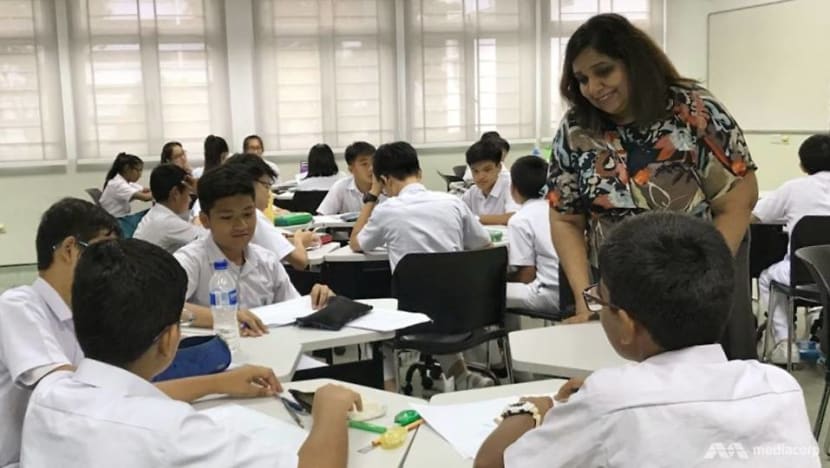
BEHIND SORTING STUDENTS
Some might argue that it makes little sense to make every student move in a lock-step fashion through a standard menu of subjects at the same pace.
It is better to allow students instead to study subjects at a pace or level of difficulty best suited to their abilities. This is the rationale behind the move towards subject-based banding and away from academic streams.
This would address the needs of students who would otherwise be bored or disengaged, either because the lessons are far too easy for them, or because they are simply unable to understand what is being taught.
READ: Scrap PSLE? The Singapore education system is not a free lunch, a commentary
The argument about different levels of difficulty may be extended to advocate for different subject menus for different students. That means that some subjects are deemed more suitable for certain groups of students.
For instance, the study of Additional Mathematics may be thought to be more suitable for higher-ability students than for students with basic proficiency levels in mathematics.
MANAGING LABELLING
At the same time, there are arguments against the differentiation of subject curricula and differentiated access to various subjects altogether.
It is felt that sorting students in this manner gives rise to a labelling effect, which can be either positive or negative, even though the effects should be less so compared to Singapore’s previous system of streaming with Express and Normal bands.
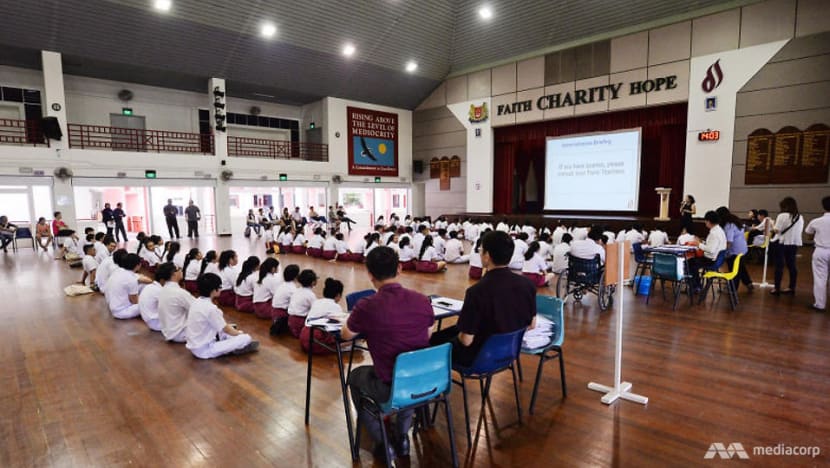
Regardless, the label is attached to students by their fellow students, teachers, parents, and may be internalised by students as well
This labelling in turn gives rise to differential expectations of achievement, with attendant consequences for students’ motivation to do well in each subject.
The international academic literature has demonstrated the existence of such an expectancy effect in classrooms, where teachers knowingly or unknowingly transmit their beliefs about students’ academic performance to their students.
READ: What is lost when we spend more on tuition, a commentary
Debates have swirled over when exactly differentiation and sorting ought to take place. How do sorting decisions take into account the fact that students’ abilities may develop over time and avoid being overly premature or unrefined?
There are education systems that prefer to keep differentiation to a minimum, and stress instead the commonality that binds all students together across various demographic variables or learning abilities.
For instance, the Japanese education system believes in minimising curricular differences among students. Some might argue that this minimises potentially divisive distinctions among students while others say this philosophy fails to fully cater to diverse learning needs.

THE WIDER CONTEXT
All these debates over the merits of various models of organising teaching and learning cannot ignore the fact that schools exist within a wider social context.
For instance, in Singapore there is a widespread belief in the benefits of meritocracy in education. Meritocracy is premised on equal opportunities within a level playing field to succeed in school.
It is therefore worrying if there is evidence of a socio-economic effect at work in the allocation of students to various streams or bands.
There is already evidence of an over-representation of students from privileged socio-economic backgrounds in more prestigious schools and streams, while the reverse is true for less prestigious schools and streams. The move toward subject-based banding will gain greater credibility if it can avoid the pitfalls associated with streaming in this regard.
At the same time, the new banding system makes one ponder over what constitutes “merit” – is doing more subjects at G3 level a sign of greater “merit”?
PREFERENCE FOR ACADEMIC OVER VOCATIONAL
Second, the sorting of students into various streams or bands has to take into account social attitudes towards the various streams or bands.
There is a longstanding societal prejudice in favour of academic over vocational education, which affects the prestige of different education pathways.
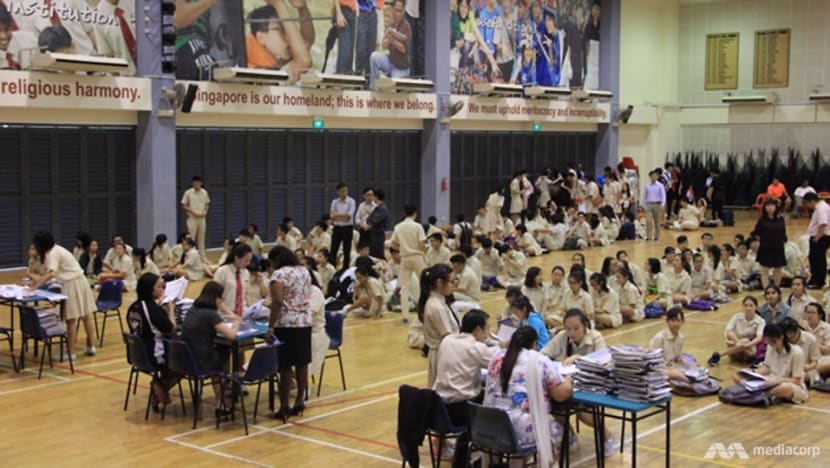
Another kind of prejudice concerns the supposed deficiencies of students in less prestigious streams or bands. These shortcomings include lower motivational levels and a greater predisposition towards misbehaviour in class.
That being the case, more ambitious parents will strive hard to ensure their children obtain access to what they perceive as more prestigious streams or bands.
These parents may want to make sure their children minimise social interaction with students in less prestigious bands even while the Ministry of Education works actively to overcome these stereotypes.
This sort of parental anxiety has fuelled the growth of an enormous shadow education system in the form of private tutoring. The anxiety may also cause parental resistance to greater inclusivity within classrooms in the form of students from a wider variety of bands.
The Ministry of Education has been actively promoting greater inclusivity in classrooms for over a decade and teachers will need to continue their work in winning students and parents over to the merits of this move.
READ: Mayflower to be first mainstream primary school to enrol deaf students
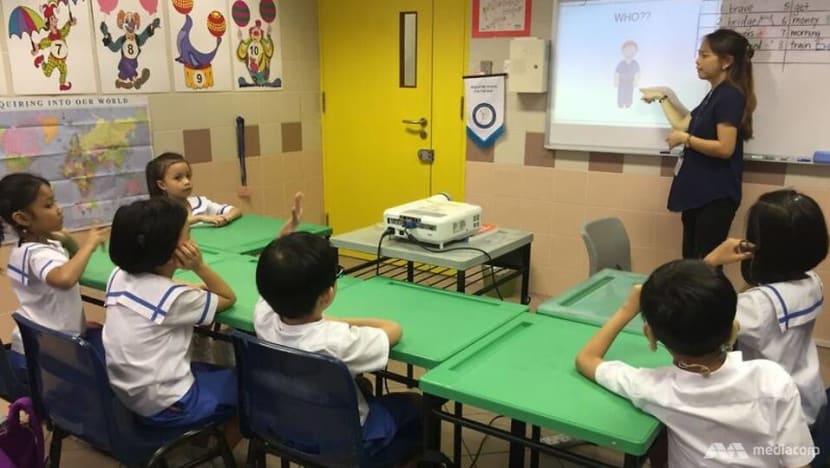
ACCENTUATING DIFFERENCES BETWEEN SCHOOLS
A third concern is how well the new banding system will cohere with the Ministry’s current policy ideal “Every School a Good School.” How will parents, teachers and students view schools across the achievement spectrum?
Will schools that are exclusively offering G3 level subjects continue to be regarded as “better” than those who offer a spread of all the three bands? And are schools that specialise in G1 level subjects any less good?
For one thing, schools have to juggle a multitude of competing policy objectives. They have to ensure that they cater to students’ diverse learning needs while recognising that students may change and grow over time.
It is not easy to devise a system of regular monitoring that diagnoses students’ learning progress and acts on that diagnosis.
In addition, schools have to assist students in making the transition across various bands. This transition not only involves adjustments to different difficulty levels but equally importantly, the socio-emotional health of students.
For instance, some students who move to a higher band may initially feel inferior to their classmates who were originally in that higher band, and may worry about being accepted by the latter as being equally capable.
The new system’s credibility will be greatly enhanced if it results in a much greater amount of inter-band mobility (especially in the upward direction) than used to be the case under streaming.
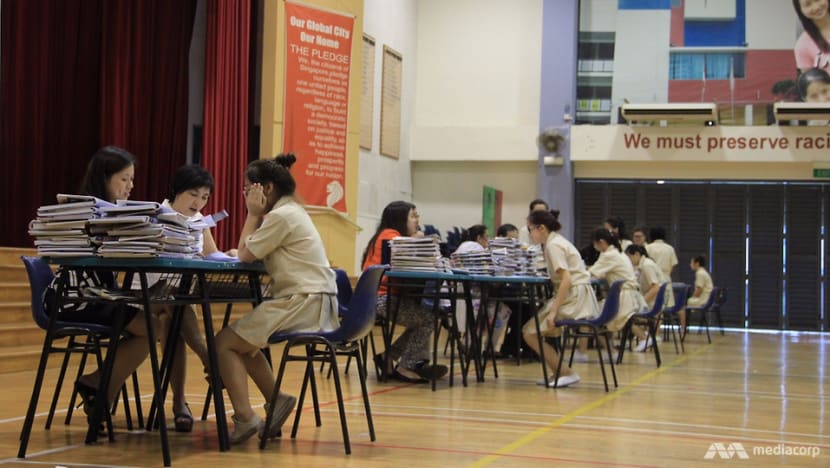
THE REAL TEST
If the new banding system is to significantly reduce the adverse consequences of labelling students, teachers will have to reflect on their own beliefs about student development and achievement.
If the degree of upward mobility across bands exceeds the low inter-stream mobility under the streaming system, teachers will also have to grapple with the consequences of greater inclusivity in their classes.
They will have to foster camaraderie among students who may be taking different combinations of subjects at different ability levels, and ensure that all students are treated fairly.
Beyond the immediacy of helping students adjust to the realities of moving upward or downward across bands, teachers have to work in partnership with parents who may have varying attitudes towards banding and inclusivity.
READ: Effective partnerships with parents require teachers to step back too, a commentary
As explained earlier, some parents may initially be skeptical about the benefits of greater inclusivity. Other parents may worry about whether their children will successfully make the transition to higher bands.
The real test of the success of this Ministry of Education reform will be whether schools can really make the ideals of “joy of learning” and “Every School a Good School” a reality for every student.
Every school would be able to offer an education that tries to customise teaching and learning programmes to meet the diverse learning needs of students, while providing flexibility to cater to changes in students’ interests or abilities.
Students would also study in a nurturing and inclusive environment that minimises the effects of socio-economic background and ensures students leave school as confident, caring individuals.
Jason Tan is associate professor at the National Institute of Education.














